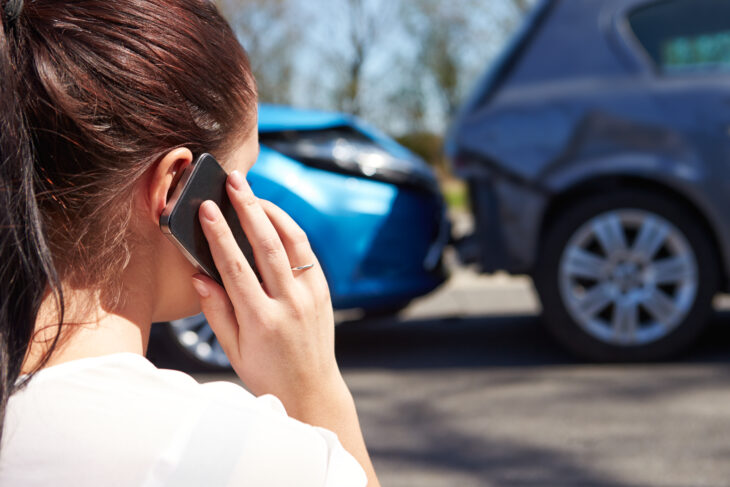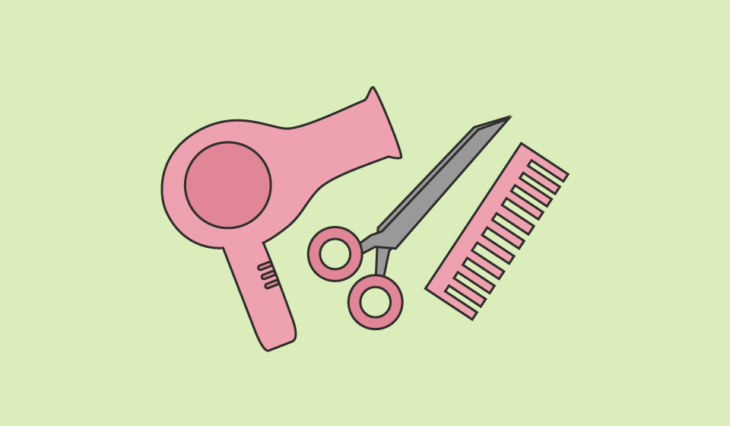Are you planning to set up a medical laboratory? If so, you should actuate a systematic approach in setting it up.
Regardless of whether you will set up a new laboratory or as a part of an existing hospital or medical facility, you have to consider the list of equipment you should purchase to run the new facility efficiently.
The first assessment is the available space in the laboratory. You need to figure out whether it can house all the necessary equipment. And the next thing to do is assess whether all the operating procedures for handling hazardous chemicals and samples are in place.

Despite the availability of a vast number of modern medical equipment, you need some critical equipment to run your laboratory. So, it will help if you get acquainted with the essential types of equipment for your new laboratory, which is as follows:
Medical Refrigerator
Temperature-sensitive medicine, vaccines, and samples require cold temperature environments to remain potent. Therefore, no laboratory owner can ignore the need to invest in a medical refrigerator to store such items.
If you store highly delicate items, such as Coronavirus vaccines, that need to be stored at freezing temperatures, you must mandatorily invest in an ultra-low temperature freezer.
It is crucial to store temperature-sensitive items in the proper temperature range to preserve their effectiveness. If you fail to store them in the appropriate temperature range, they will get damaged and thus become unfit for use. With such items, you cannot provide any treatment to patients, and the result will be that you will lose substantial money in replacing the damaged stock.
When it comes to vaccines, inappropriate storage temperature can spoil them as they contain living organisms that will die if the right temperature is not maintained. Laboratories also need medical refrigerators to prevent the risk of bacterial contamination.
Make sure the refrigerator you purchase has separate compartments to avoid cross-contamination with items. It would also help if you enforced strict regulations and guidelines for property storing your laboratory items to preserve their potency.
Microscopes
As you cannot see microorganisms with your naked eye, you need to have microscopes in your laboratory.
There are many kinds of microscopes with varied purposes. You should carefully select a microscope with which your technicians can better see samples to examine them in more detail.
Autoclaves
Autoclaves are must-have devices in a laboratory that function as a pressure chamber to sterilize glassware, instruments, tools, waste, and media. These devices enable you to keep your laboratory free of contamination and ensure your staff’s safety by eliminating infectious materials. In a laboratory, stuff like Petri dishes, pipettes, or gloves get contaminated. They have to be sterilized before they go out of the laboratory to avoid spreading infectious materials outside.
Hotplates
A hotplate is a crucial device in a laboratory. It is a device for heating samples. The peculiarity of a hotplate is that it heats samples without a spark or open flame. There can be volatile chemicals and gases in a laboratory that, if they come into contact with a spark, can cause an explosion. Usually, hotplates come with digital displays so that users can monitor the temperatures.
Water Source
Water is a must for all laboratories. Laboratories need to install sinks and faucets to supply water, which plays a vital role in executing many lab functions, like freezing, washing, and diluting. Water is also necessary for triggering chemical reactions apart from sanitizing and
cleaning tools, tables, and instruments in the lab.
You need to maintain cleanliness in your laboratory to reduce contamination risks and spread bacteria and germs.
Receptacles and Glassware
Laboratory technicians need glassware while carrying out tests and experiments. They need some containers to keep liquid samples, tissues, and cultures.
Moreover, your laboratory also needs receptacles, like test tubes, Petri dishes, beakers, and flasks, without which your technicians cannot do much work.
It would be best if you organized samples so that your staff can quickly identify them and do not mix them up or contaminate them. It will help if you put labels on glass dishes and tubes. Misidentifying something in a lab can lead to a catastrophe.
Incubators
Incubators provide a controlled, contaminant-free environment for working safely with cell and tissue cultures by regulating the humidity, temperature, and CO2. They allow technicians to adjust the setting as per the need. One such example is a microbiological incubator, used to grow and store bacteria cultures.
Incubators help in controlling contamination and reducing the spread. As bacteria cultures need a specific environment to grow, you need to maintain specific temperature and humidity levels, and that is what an incubator provides.
Personal Protective Equipment
A laboratory can be a dangerous place as many sensitive substances are used in experiments. As such, technicians can contract infectious diseases if they do not wear protective gear. Therefore, you need to supply your technicians with personal protective equipment. And many types of such equipment are available that depends on the function, such as respiratory protection, face masks, gloves, safety glasses, lab coats, and emergency eyewash stations.
Conclusion
By now, you have come to know about the equipment you need to invest in while setting up your laboratory. But, only the investments will not work alone. You also need to plan to run your laboratory with the best practices to raise its productivity and efficiently maximize the return on investment. Besides, ensure you purchase the necessary equipment from reputed manufacturers.















